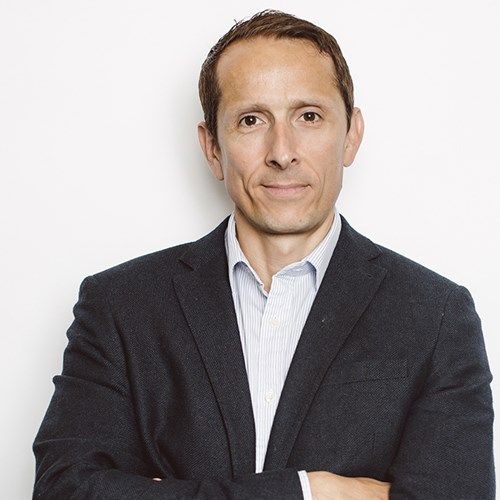According to the study, new hybrid working models have led to an increased need for employee surveillance software, with demand for the software skyrocketing in 2020 by almost 60%.
Similarly, according to Google Trends, worldwide searches for ‘employee monitoring software’ increased by 35% in 2020 compared with the year before. Key findings from the survey revealed that 78% of companies have reported using employee monitoring software to track worker performance and online activity; 73% say they have stored the recording of calls, emails and messages and these have affected team members’ performance reviews. Frightening findings have revealed that over 50% of employers have implemented non-traditional monitoring techniques and 94% of employers track emails.
The business areas using surveillance tools include financial, legal, retail, technology, healthcare, manufacturing, energy and government sectors.
Common surveillance methods and practices include:
Keylogger software on company equipment (alerts supervisors when workers use devices for personal activities); webcams to track biometric data; screen monitoring and screenshots to gauge productivity and stress levels and employer-provided smartphones equipped with geolocation software to track employees’ whereabouts.
The only way to successfully implement these tools is through complete transparency. More than half of workers feel anxious about their companies surveillant communications. Still, when the employer explains the reasons for the monitoring, over 50% of employees say they are more at ease with it.
Mark Turner, Chief Technology Officer at the Instant Group commented: “The rise in remote working and an influx of new technology means monitoring has ramped up. When used strategically, this tracking benefits all– businesses can identify resourcing issues, streamline processes and identify gaps, while employees can use the data to prioritize, manage workloads and track productivity. The key to using monitoring tools successfully is transparency and communication. If you can show your teams that using a piece of tracking technology not only benefits the business, but them too, then you’re on the right track.





